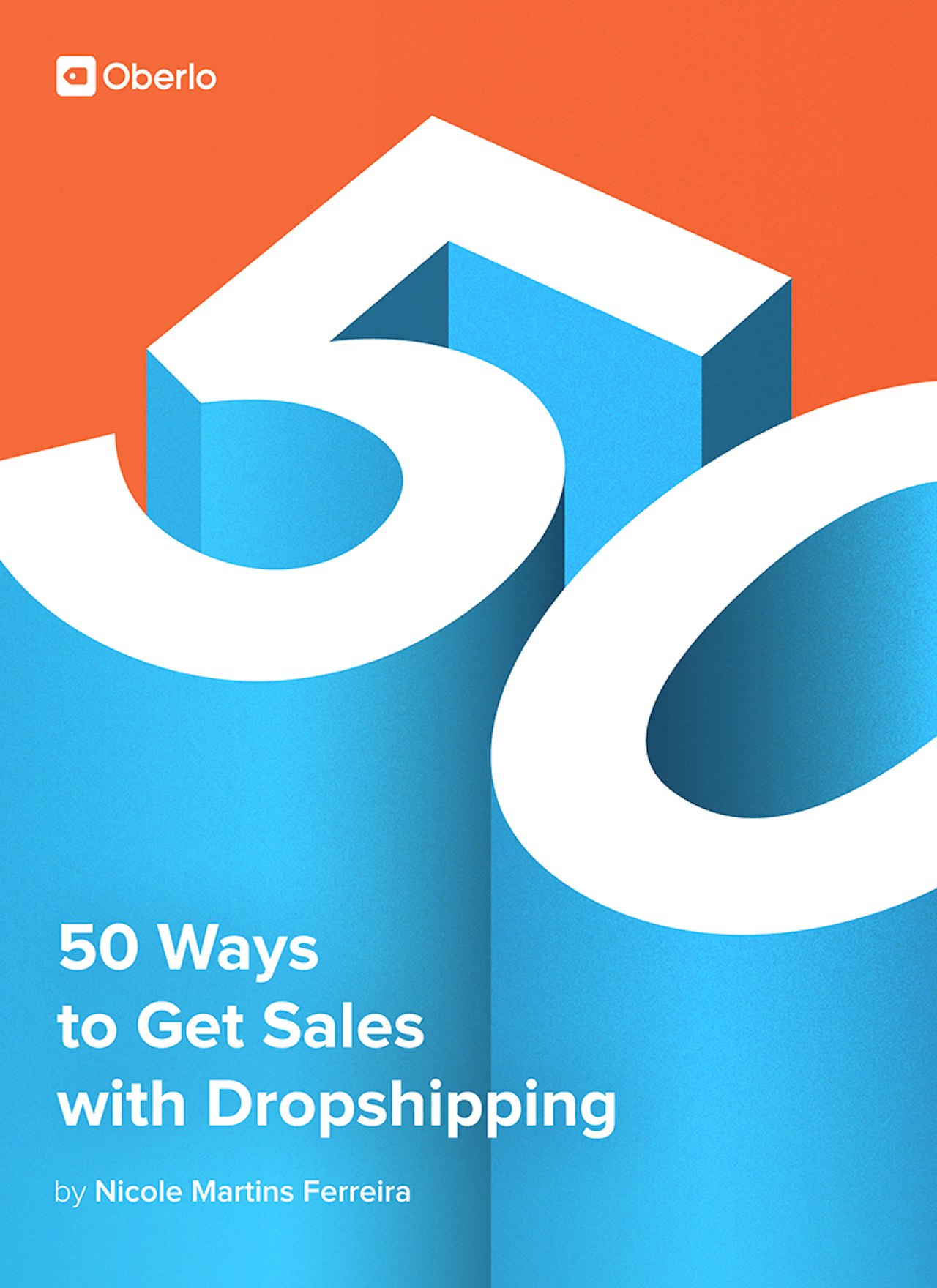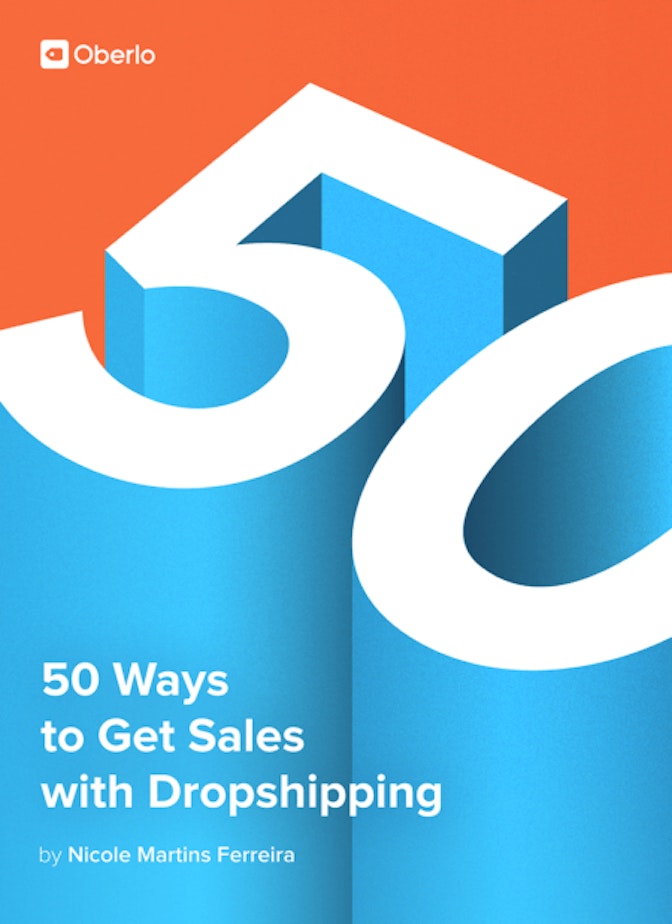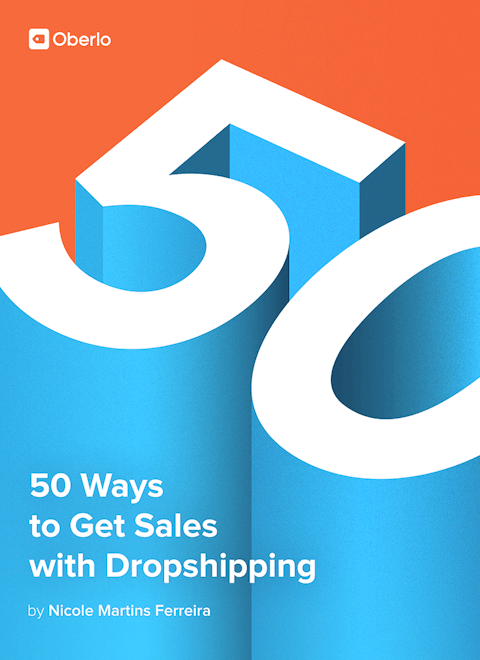Hosting webinars is a great idea for high cost or complicated products. As a store owner, you can host your own or be a guest on a partner’s webinar to provide more value, generate leads and build a relationship with your registrants.
Webinars are a great way to humanize your brand and explain how your product works. It’s typically done live allowing your audience to ask questions. It also helps create a sense of urgency as live events pass and those who don’t attend miss out on key information.
You’ll want to plan your webinar so that you leave time at the end to answer customer questions. Answering questions allows you to connect with your customers, provide them with value and resolve their problems, concerns or objections. According to Content Marketing Institute, approximately 60% of marketers are regularly hosting webinars as part of their content strategy.
Example: Hollister, a Canadian medical company, creates medical products like wound and skin care products, ostomy products and continence care products. They regularly host webinars for their audience. Webinars include ‘Managing the Wound through Bioburden Continuum’ which is hosted by Andrew Applewhite, MD. The webinar is relevant as they sell wound-related products which makes it a perfect fit. Since most of the consumers buying wound-related products are likely working in the medical field, it makes sense to have a medical doctor host the webinar.
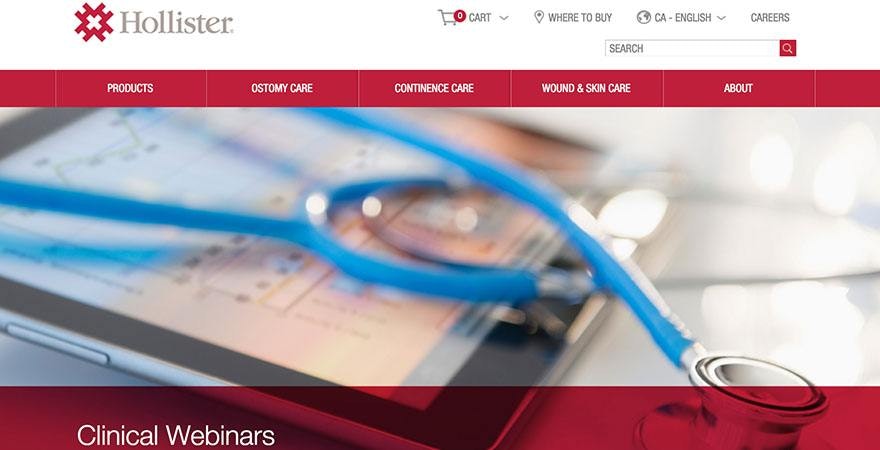
Tips on How to Host a Webinar
Most marketers spend about three weeks marketing their webinar to ensure high turnout. It’s recommended that you send a reminder email the day before the webinar so that it stays at the top of the registrant’s mind. You could also send a second email the morning of the webinar.
Tuesday and Wednesday are the best days to host webinars according to ReadyTalk. On average 40-50% of webinar registrants end up attending it. However, Brafton believes the best webinar days are Wednesday and Thursday. According to Webinar Ninja, the best day varies. However, they found that second and second to last day of the week perform the best.
The focus of the webinar should be on educating your customers and providing them value. You could feature your product at the end of the webinar. For example, if you sell hair extensions, you might use your hair extensions in a hair tutorial webinar and send everyone a link so they can buy your product – the hair extensions- at the end of it. However, you could also incorporate your products into your webinar. For example, if you’re selling a Christmas tree, you could create a webinar on Christmas Decorating. In your webinar you can show the exact steps for decorating your tree and then have an offer for the tree at the end or even throughout the webinar.
Pick the right topic. Since the focus on the webinar is education, what types of education based questions do you get asked more than anything else. Do people ask you for advice on how to use your product (if it’s complicated) or create different looks (beauty, fashion)? For example, if your best selling product is a blender, you might host a webinar where you show how to use the blender while making different recipes. You might present a bonus offer of a free recipe book. At the end of the webinar, you might sell the blender and a discounted upsell for the blender such as glasses if you taught them to make smoothies.
Following up after a webinar is most important step. Send an email out to everyone with any bonuses you’ve promised and the link that you promised. However, after your webinar is over you should be following up between 3-6 times depending on your webinar content. If someone didn’t attend live, you should follow up with them too.
Know if your market is right for webinars. For example, you might be able to pull off a beauty webinar on makeup tips. However, hosting a webinar on fidget spinners probably won’t work well. Business to business products such as medical supplies or dentistry equipment might also sell well via a webinar. Keep in mind that webinars work can work well for high cost products or if you want to sell high volumes (that a business can afford).
To promote your webinar, you can run Facebook ads to your targeted group of people. You might want to try a video ad where you offer a few tips and let them know that they’ll learn more at the webinar. You’ll want to make sure the sign-up link is attached to the ad. If you’ve been building up an email list, you can send the sign-up link to your list to encourage attendance. Consider adding a section on your website for new site visitors to find and visit. You can also run a retargeting ad for those visiting your site encouraging them to sign up for your webinar.
Develop a format and rehearse before the big day. Treat it like a keynote at a conference. You wouldn’t go up there and wing it immediately after creation. You’d practice in front of a mirror. Or friends. You might do the entire presentation over and over again twenty times. To get it right. To make it perfect.
Invest in equipment. If you use your laptop’s microphone it’ll likely be difficult to hear or sound echo-y to your listeners. Buy that quality microphone (see our tools section). Use a great webcam if you’ll be on screen. And choose the right spot so that people can see you clearly if you’re on camera.
Ask for feedback throughout the presentation. It can be hard listening to another person talk for an hour. Loop them into the conversation by asking them questions every 4-5 slides. You might ask if they have any questions at that point or have a question prepared for them to answer to gauge more information about who attends your webinars.
You can also do automated webinars. These are webinars that are pre-recorded. You could still hop on the webinar to do the Q&A component to answer the customer queries though. However, automated webinars can allow you to do more webinars more frequently. You can have more time slots for your webinars this way to reach a bigger audience at the time that works best for them. It also works great for an international audience.
After your webinar has ended, evaluate. Did it generate sales? Was the webinar feedback positive? Did attendees find it valuable? Were there any technical issues that you could prevent in the future? How could you improve it to make it better?
Webinar Hosting Resources:
Shopify’s How to Host Webinars That Attract Clients is a great article on how webinars can bring you more customers. You’ll learn how to host a webinar, tools you should use, and how to promote your webinar to grow your number of registrants and attendees. Keep in mind that this article if for client based businesses like agencies. However, you’ll still find value in it.
Smart Blogger’s How to Run Your First Webinar (With No Skills, No Stress, No Budget) details her experiences with running webinars from her first epic webinar fail to her tips on how to run your webinar like a pro, Mary Jaksch.
Webinar Software and Tools:
Webinar Equipment: You might want to invest in a great quality microphone such as the Blue Yeti USB Microphone on Amazon. To ensure that only your voice gets picked up by the microphone, you might want to invest in a Dragonpad Pop Filter. Pop filters help minimize the sharp consonants like Ps and Ts and soothes out the hiss sounds from the Ss. If your laptop is an older model with a low quality camera, you can invest in a great webcam like the C920 Webcam by Logitech.
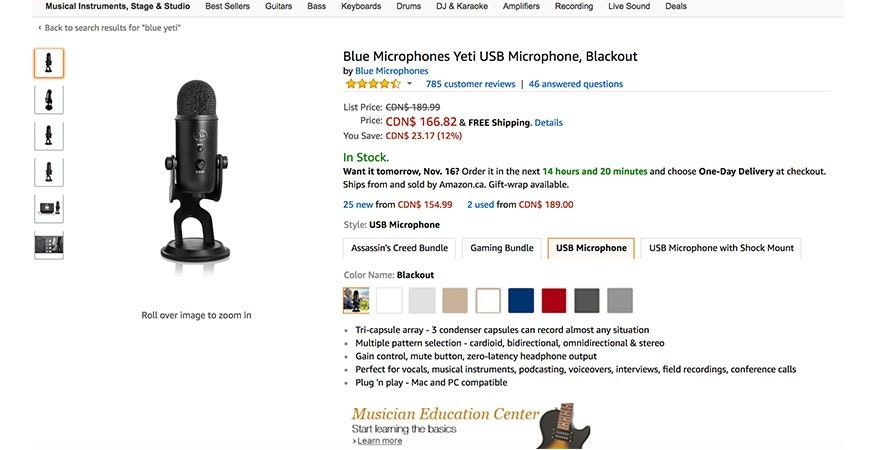
Envato Presentation Templates can be used to make your presentation look cleaner. If you won’t be in front of the camera, you’ll likely be doing a slideshow presentation. If you’re on a budget you could use the presentation templates from PowerPoint or Keynote. However, if you have a budget to spend and want a professional presentation, you could choose from hundreds of great designs on Envato.
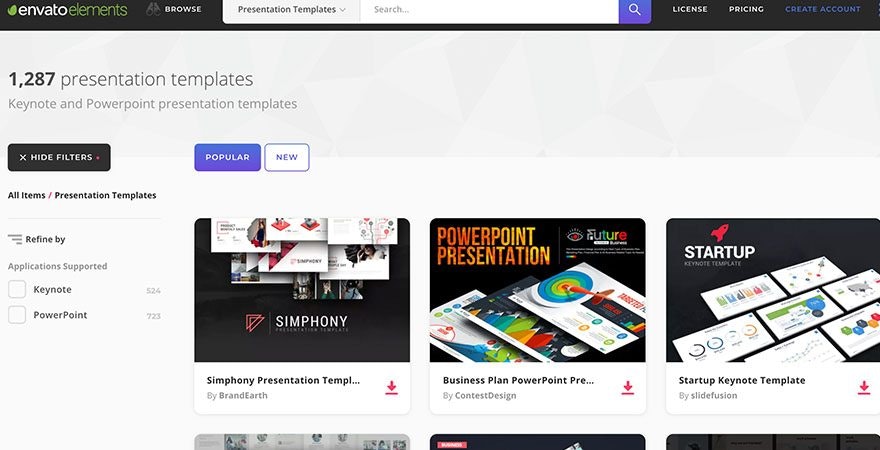
GoToWebinar is the webinar platform of choice for bigger brands. You can have up to 5000 participants in your webinar. However, pricing starts at $104 for 100 participants. The features for this tool outperform Google Hangouts and Skype. You’ll be able to send automated emails, polls, track sources, have an easy registration process, view analytics and more.
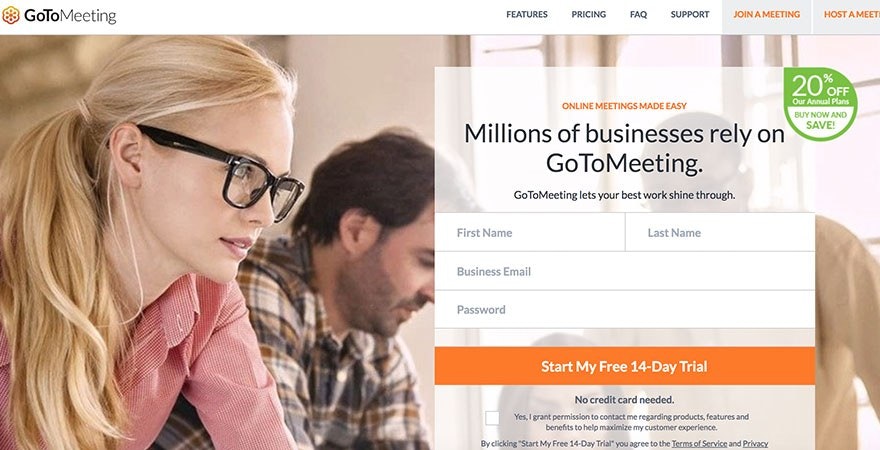
Webinar Influencers:

